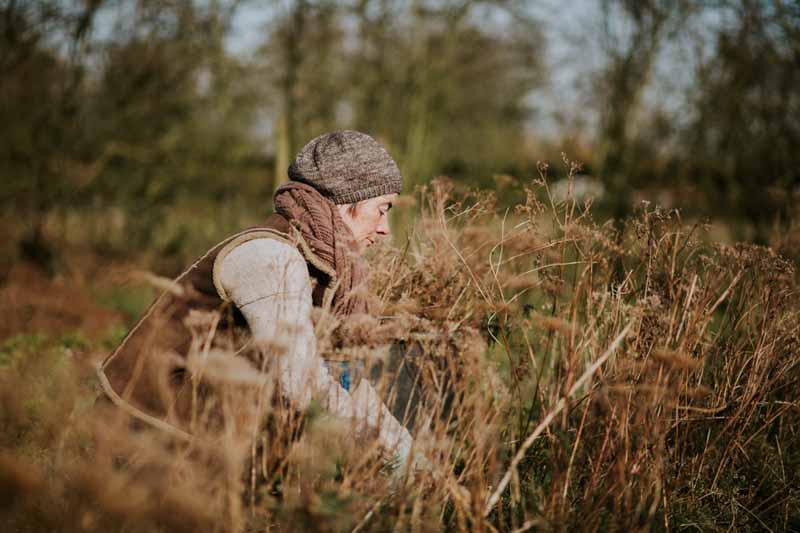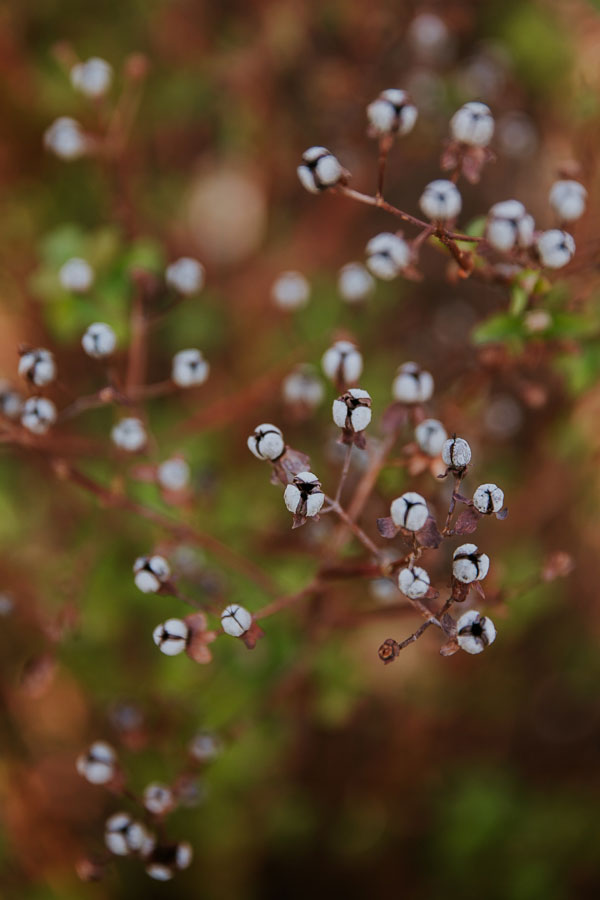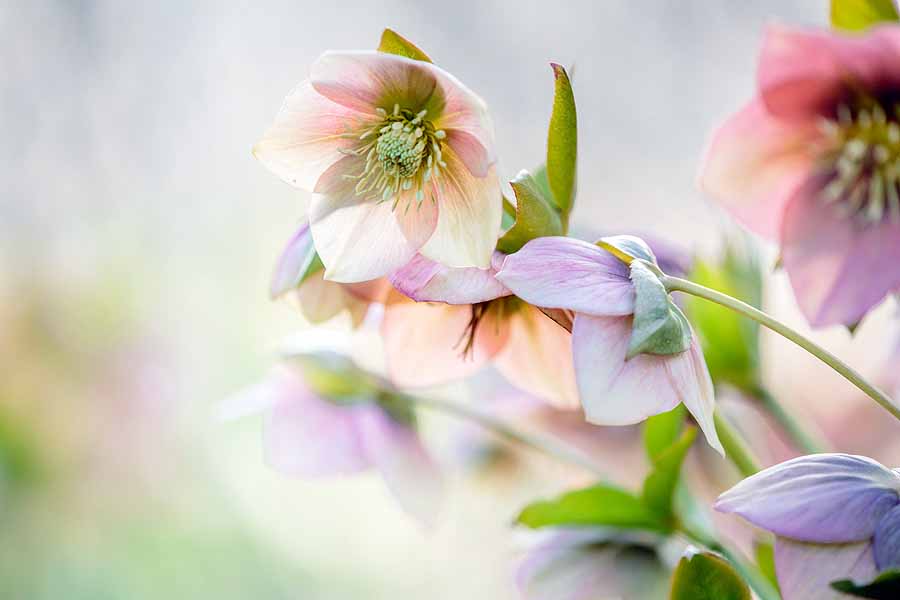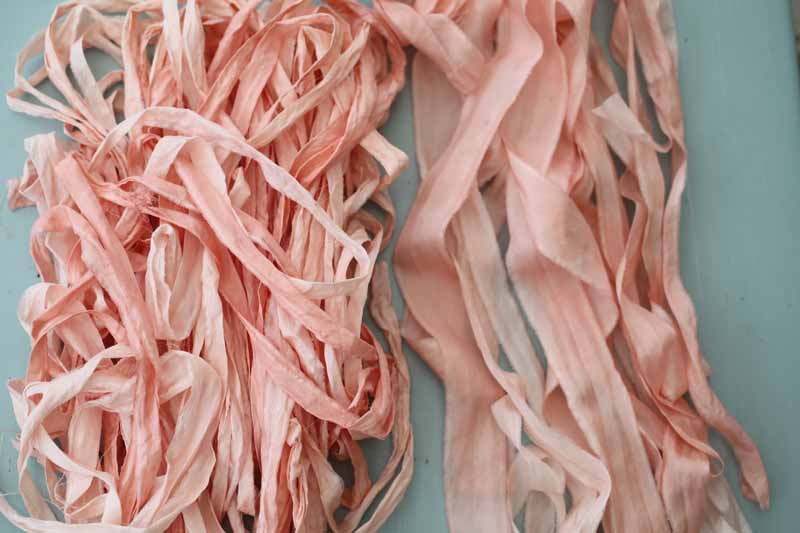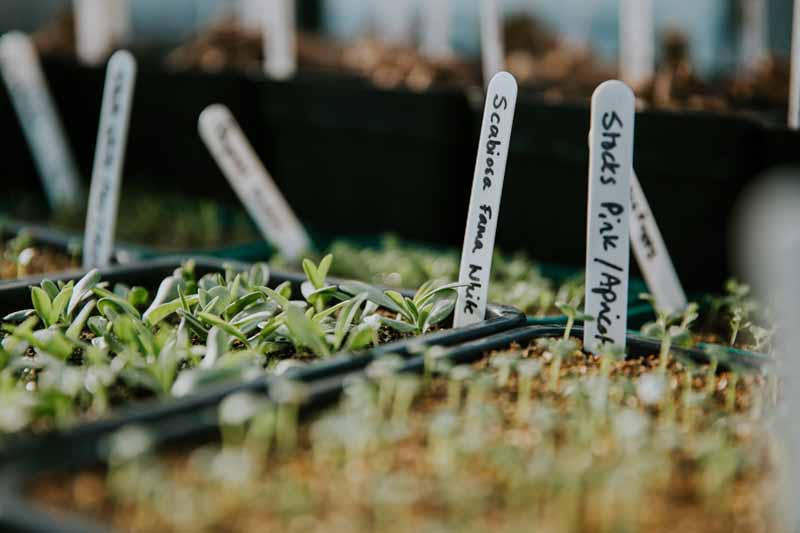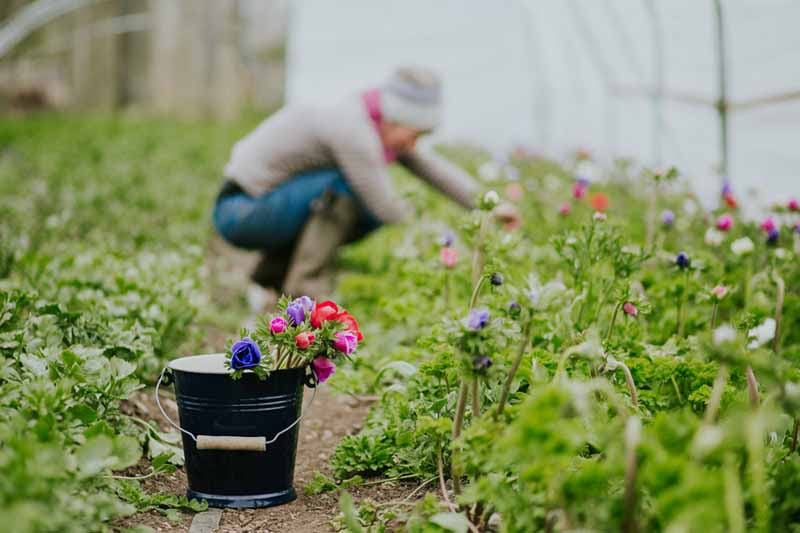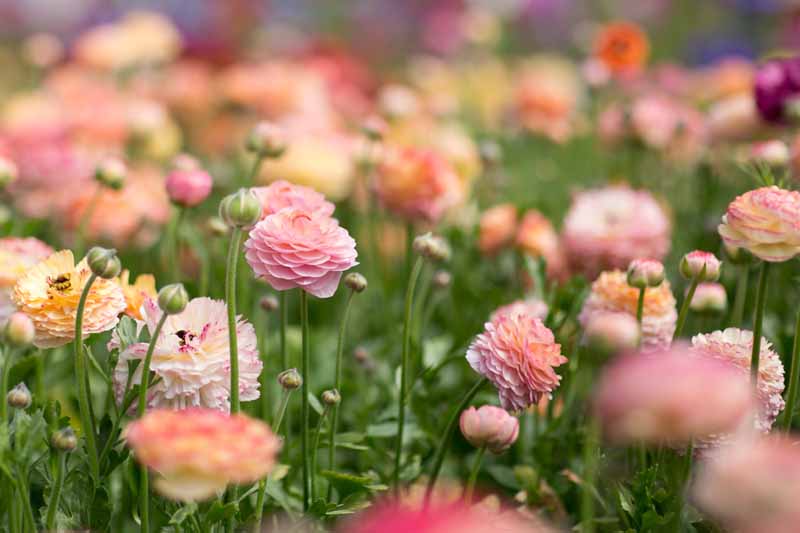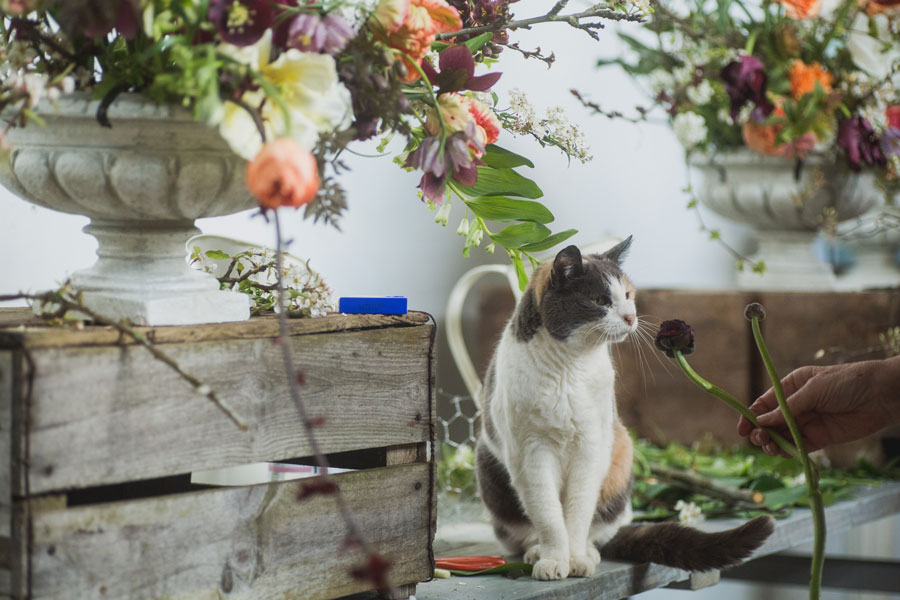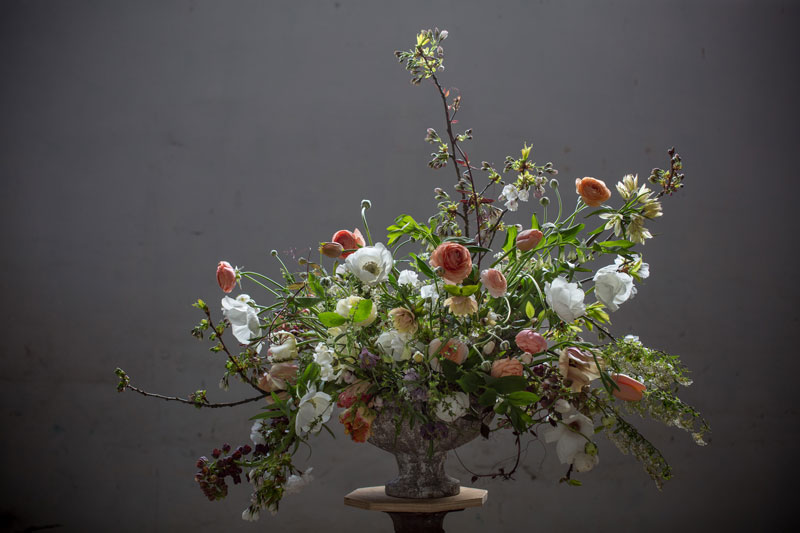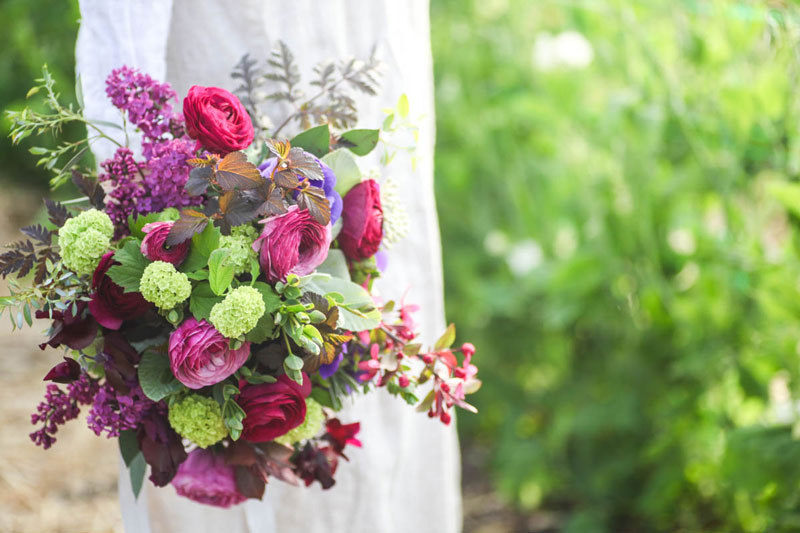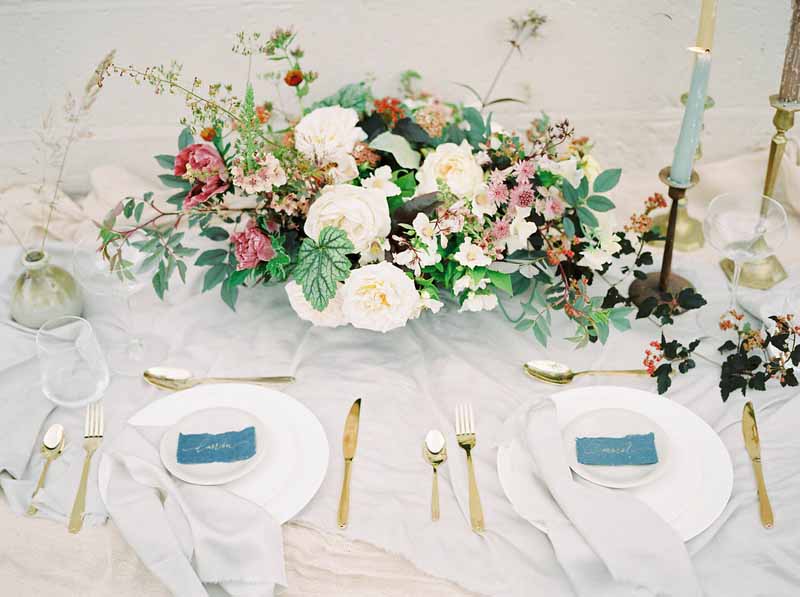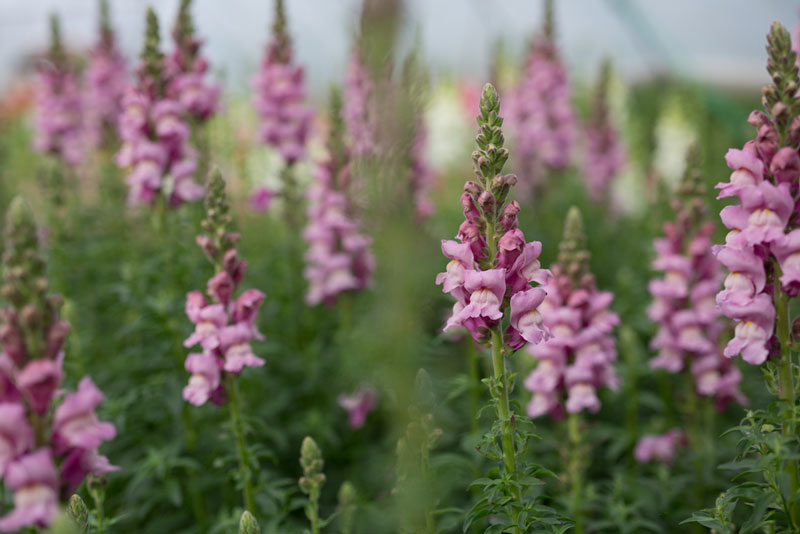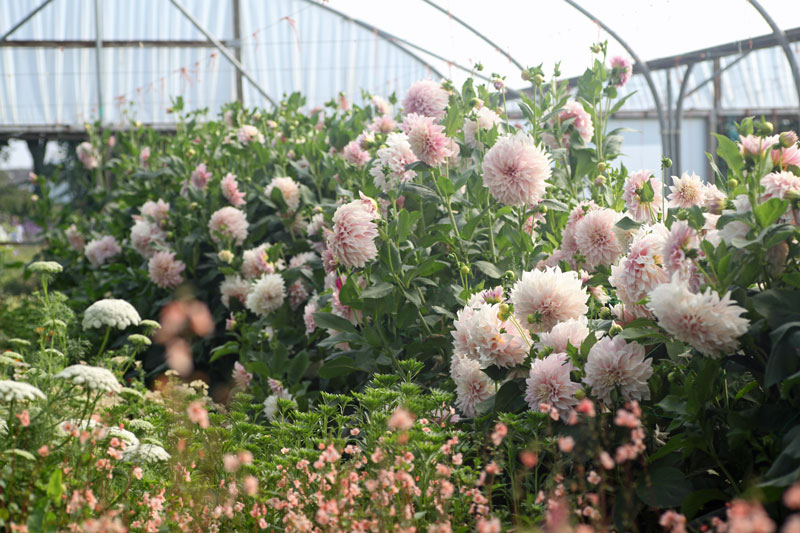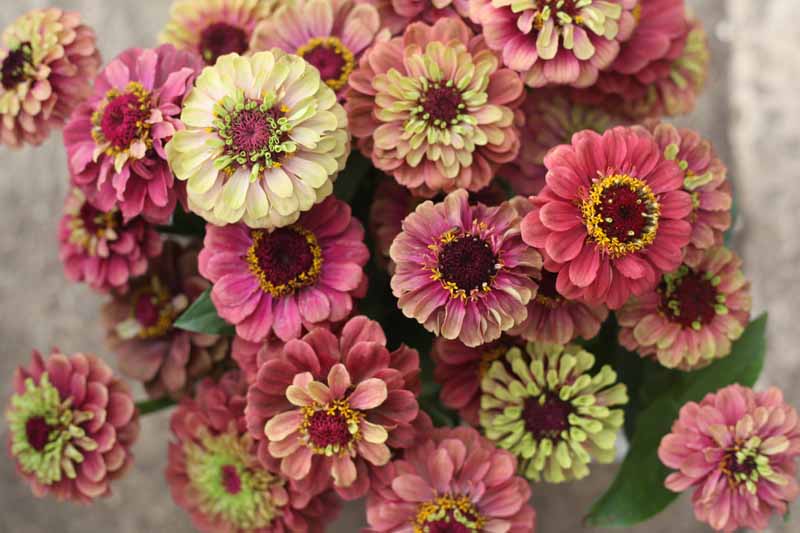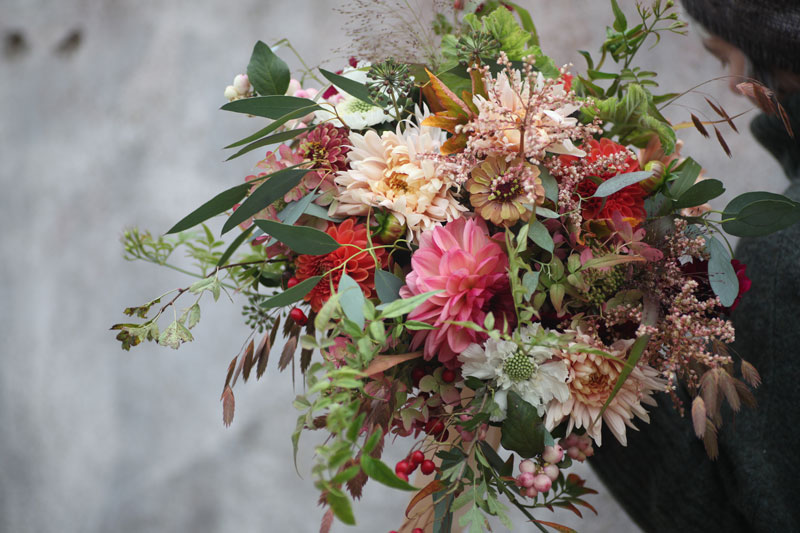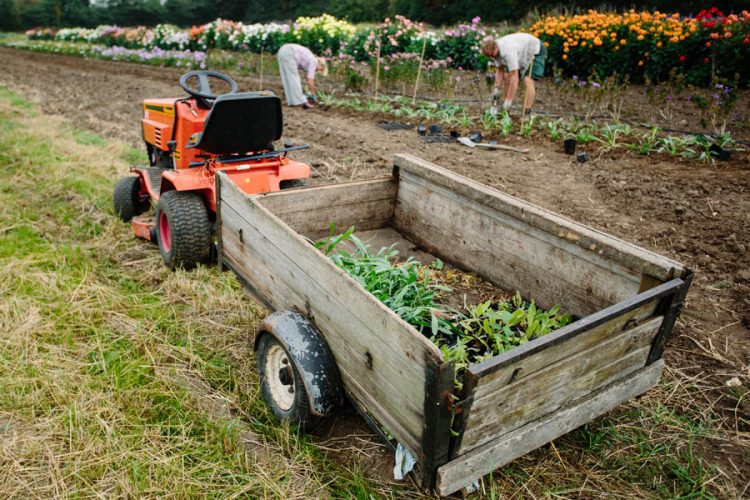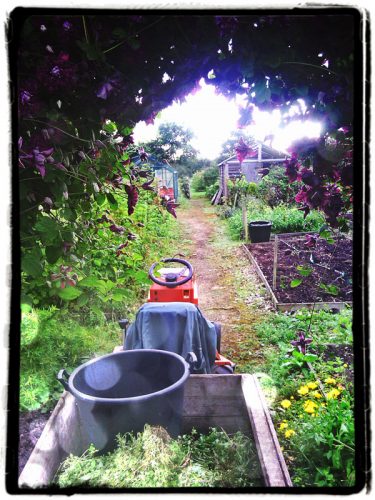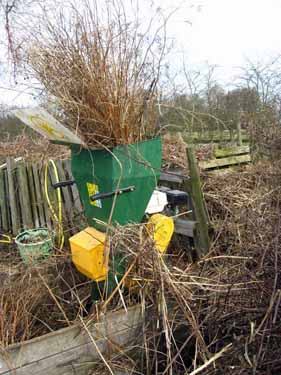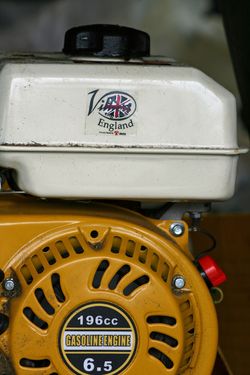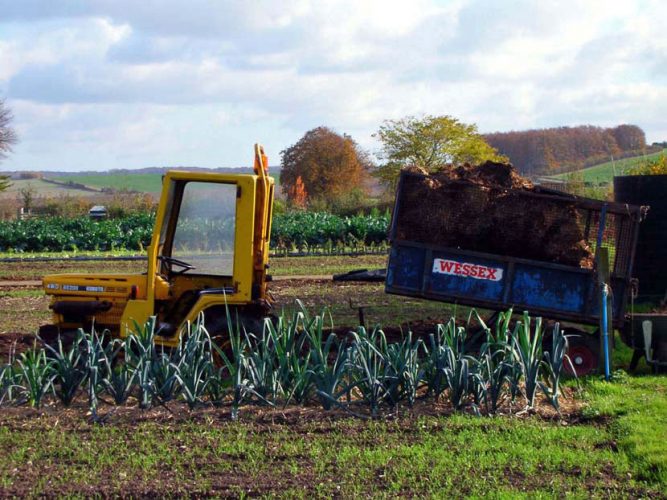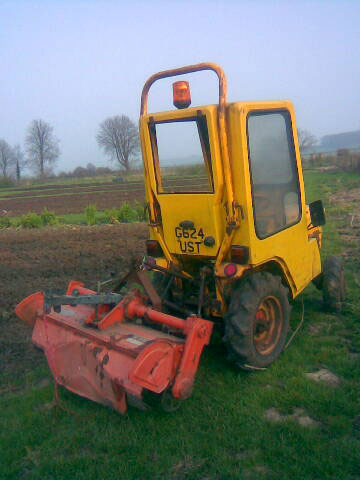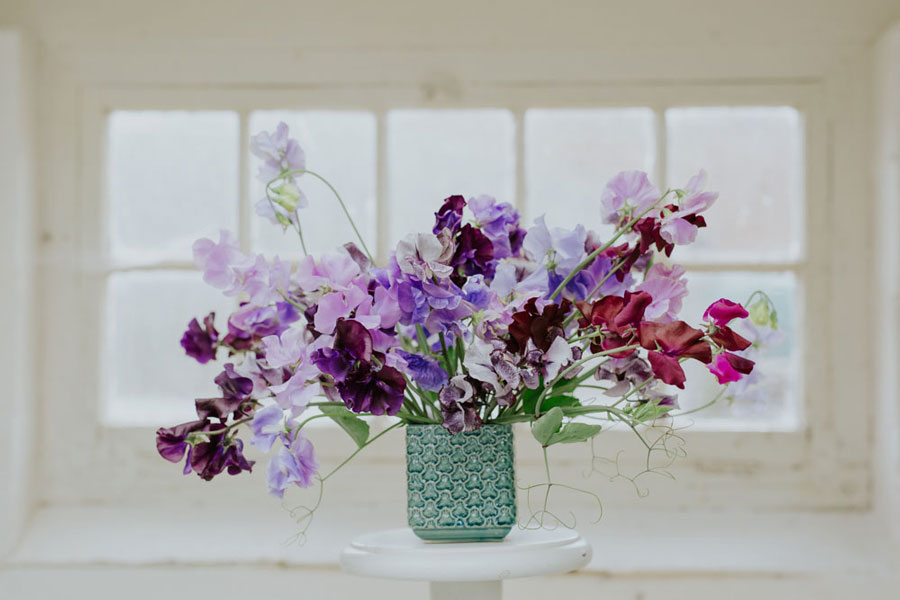
Here I am back in the blogging saddle, with my usual January good intentions. I thought I would focus on a recurring theme that shaped 2016 – the vase– and how it has motivated me to introduce a series of new floristry workshops for the season ahead.
This preoccupation with what to put my flowers in has been bubbling away for a few years now with my attempts to master the potter’s wheel and fulfil my dream of setting up a ceramic studio here at Green and Gorgeous, where I would throw tailor-made vessels to perfectly complement my garden-grown beauties.
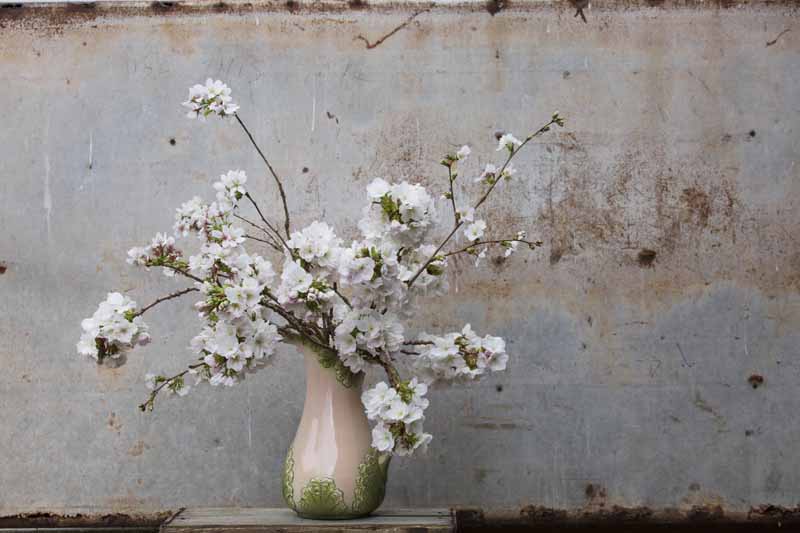
This longing was reinforced this year whilst working on a floristry book with Dorling and Kindersley in which I was commissioned to create a series of seasonal vase arrangements (more about that next month when the book comes out maybe…). As we progressed through the flowering months I struggled to find the right shape and finish of vessel to echo my seasonal selections. Instead of feeling compromised by what you can find, wouldn’t it be great if you could design and make that ‘enhancing’ vase, perfect in shape, colour and texture for your arrangement..?
I have always felt that the vessel, vase, container (whatever you choose to call it) is equally as important as the flowers. I guess I have become a little bored of vintage (apart from fan vases of course!), very very bored of jam jars and find the throwaway imports offered at the wholesalers rather depressing. Being a bit of a purist I wanted to explore the idea of everything about the floral design being not only homegrown but handmade….
My quest to throw that vase is ongoing – just before Christmas I spent three days on a residential pottery course at the wonderful West Dean College. For anyone who yearns for a bit of quiet, creative downtime in a gorgeous setting with great food I can highly recommend it. I was so excited by my progress that on my return I went and bought myself a pottery wheel. Now all I need to do is keep practising!
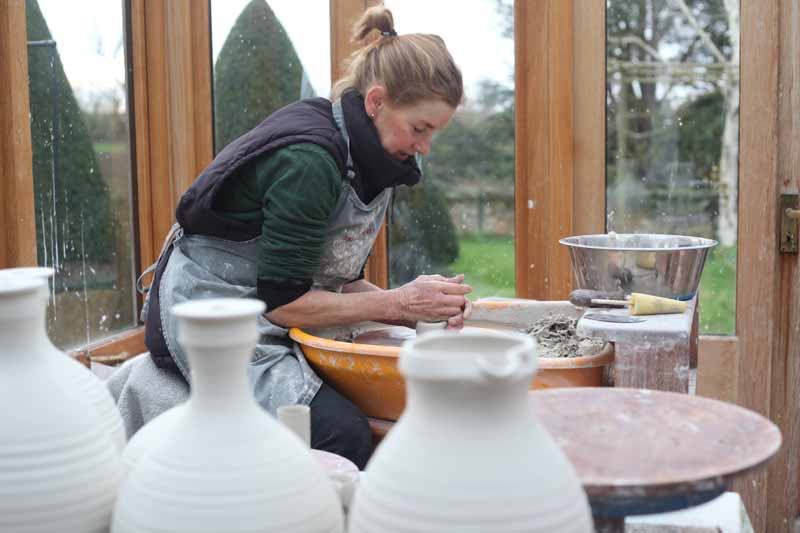
Anyway I am fortunate to also know a very talented potter nearby, Harriet Coleridge, so at the beginning of the year I asked her to make me some footed bowls to use as centrepieces for my wedding work. I recorded the process so you can see the skill and time it takes to make beautifully hand crafted pots. I have collaborated with Harriet for some years now for Artweeks and always enjoy the unique blend of my flowers and her pots.
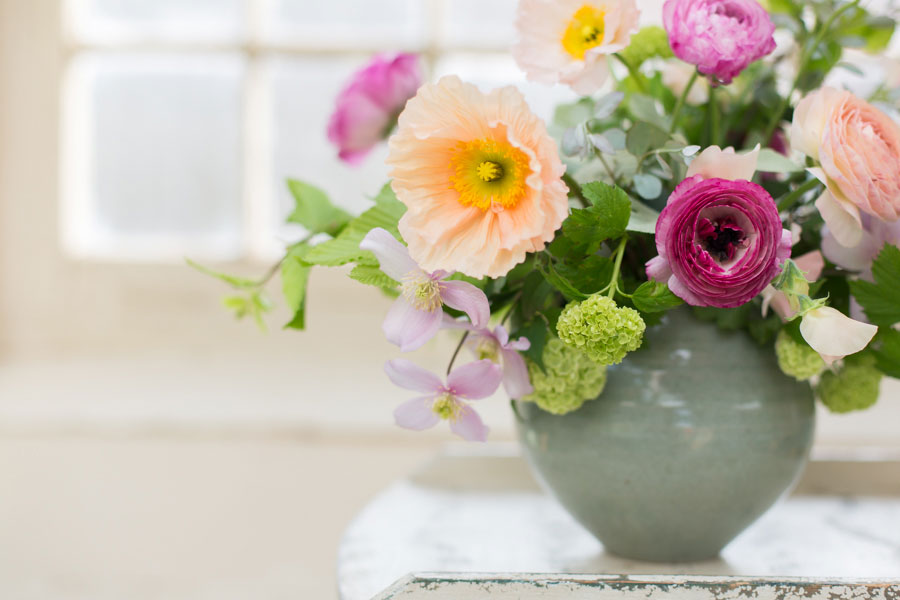
We decided to go for a stoneware clay which can take a bit of wedding wear with a tin glaze, which is white, shiny and opaque, a good neutral for the florals.
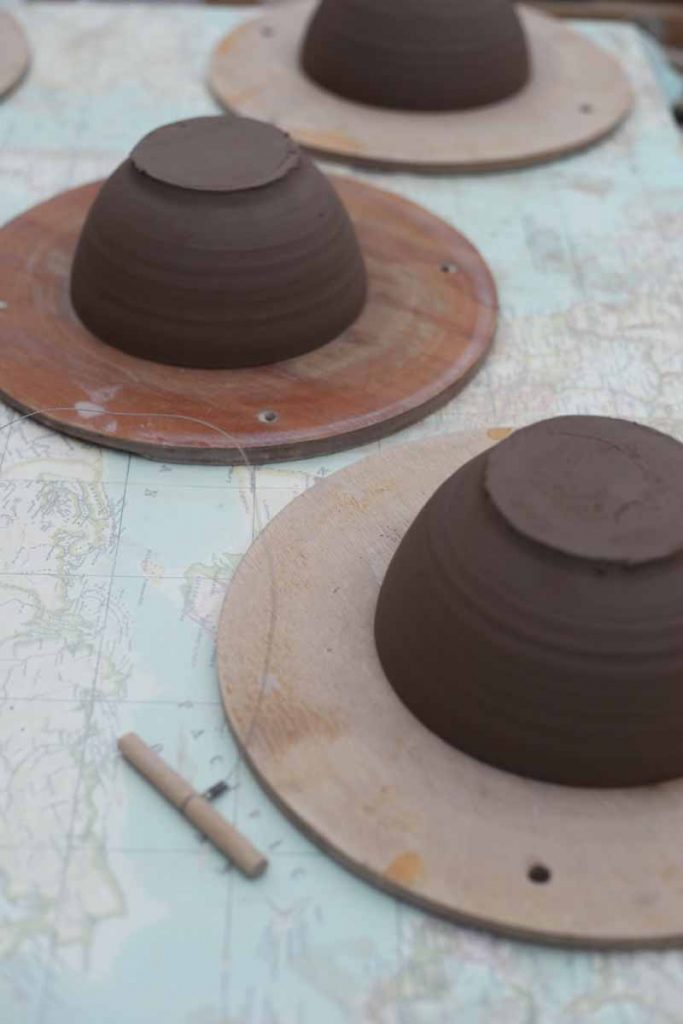
The first step was to throw a bowl the correct shape and size ten times.
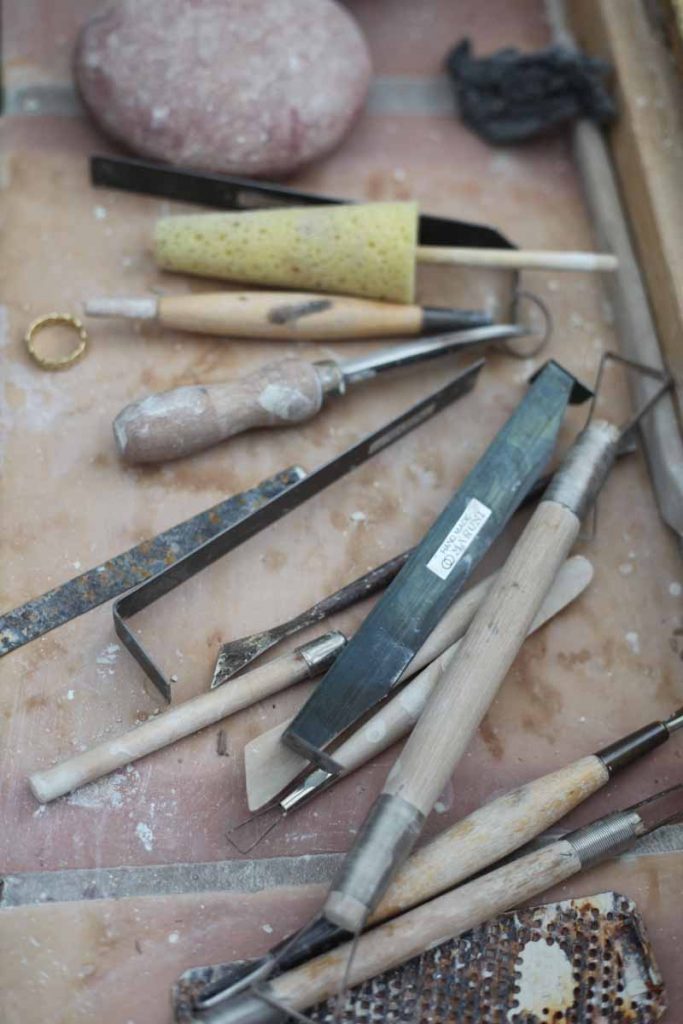
Some tools of the trade.

Once these were dried to the leather-hard stage they were ready to be trimmed to get a smooth curved shape ready for the foot to be attached. A bit of cross hatching marks the spot.
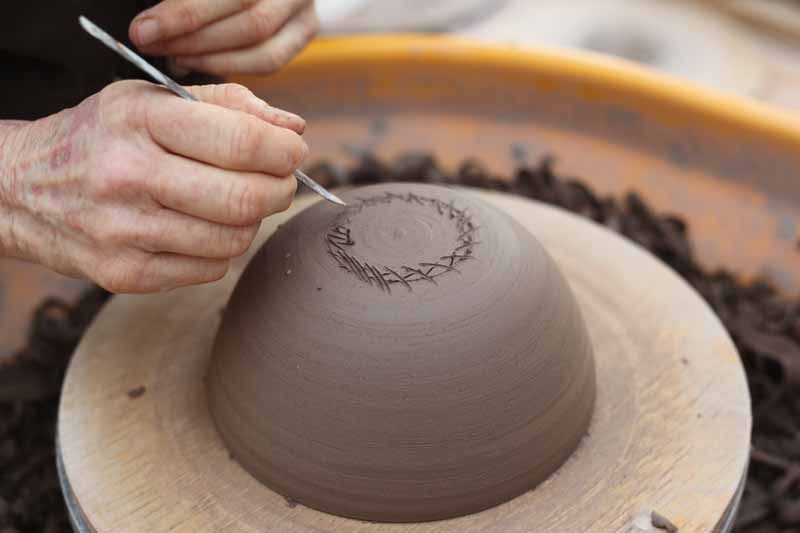

The foot is made separately by throwing a short cylinder of clay.

Once attached it is shaped on the bowl. Harriet makes this look easy but I can assure you it takes years of throwing to be so adept at it.
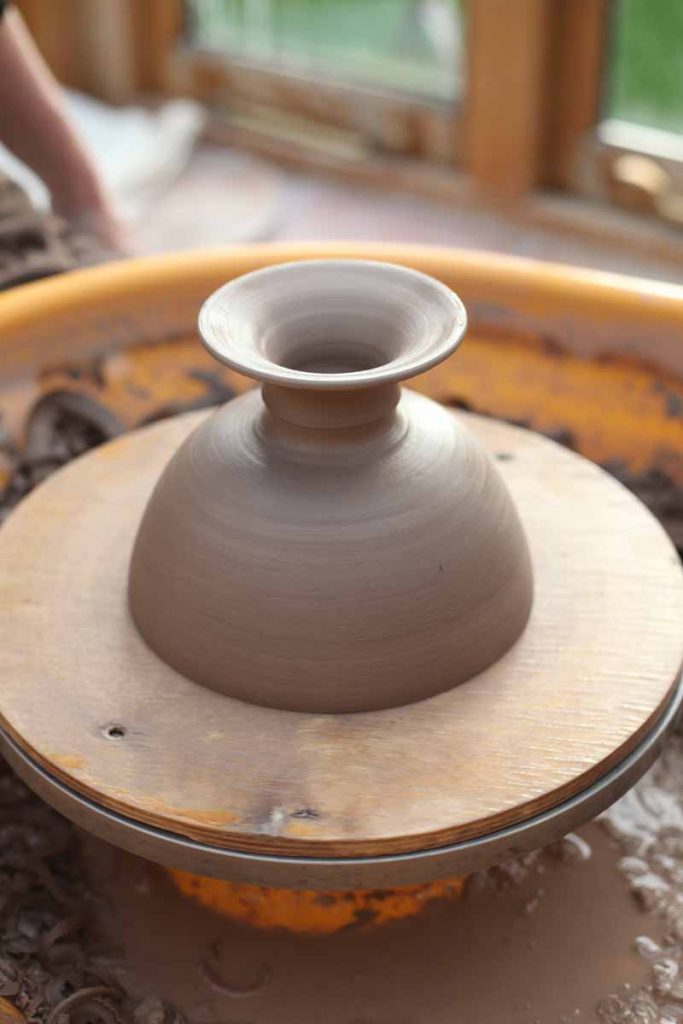
After a bisque firing the bowls are ready to be glazed. This requires a large bucket of well stirred glaze and a pair of tongs.

The finished bowls after their glaze firing, already booked for a number of weddings next year.

The next project for me and Harriet to work on will be to create a vessel for my first ‘All in the Vase’ workshop in the spring. I am imagining a wide, shallow shape to accommodate the fleshy stems of tulips, anemones and Ranunculus perhaps curving in slightly at the top to make arranging a little easier.
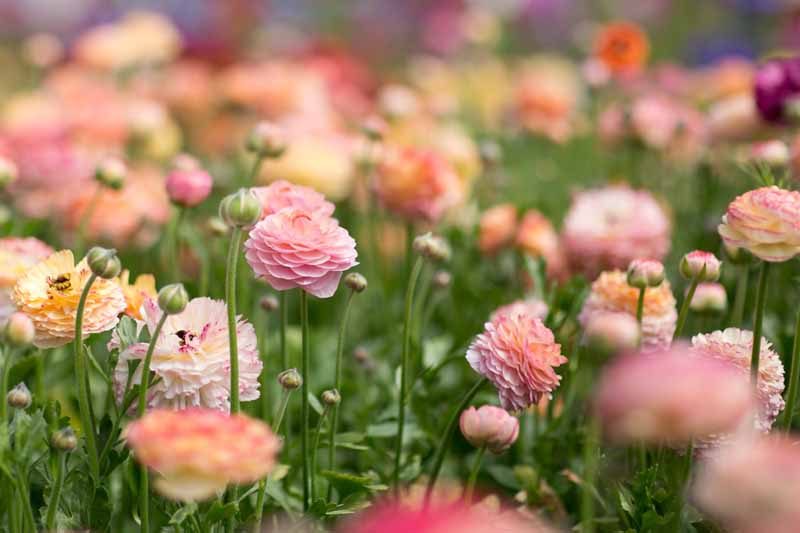
I have just put up dates for Summer and Autumn ‘All in the Vase’ classes, each will be quite distinct in the selection of florals and the vessels I source and create for them, if you would like to add to your vase collection and learn how to get the best out of them come and join us.

